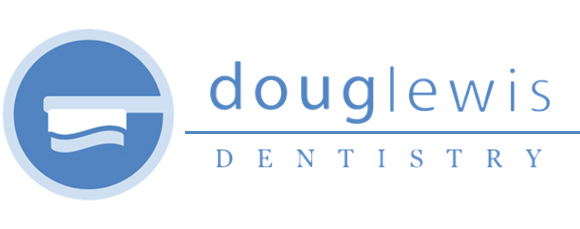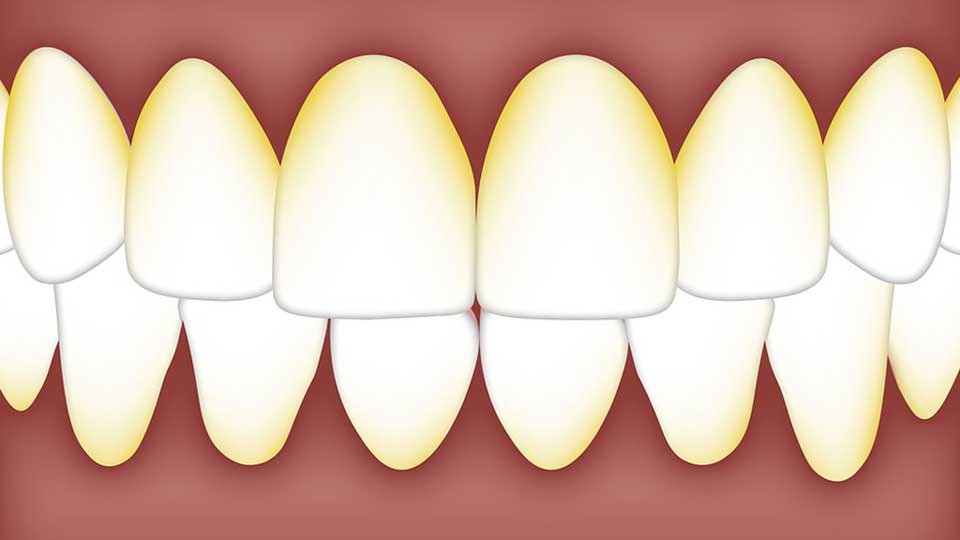More than 100 million Americans don’t see their dentist on a yearly basis.
This leads to a number of dangerous dental hygiene problems, including tooth decay, gum disease, and more.
While brushing your teeth and regular flossing can help make up the difference, it isn’t always enough to prevent dangerous, painful problems with your teeth and gums.
Two such problems are plaque and tartar on your teeth. But what are tartar and plaque, and how can they be treated?
Keep reading to learn what you to need to know to protect your teeth, treat plaque and tartar that has formed on your teeth, and have a healthier, more radiant smile!
What Are Plaque and Tartar?
You’ve probably heard plenty of television commercials for toothbrushes claiming to fight plaque or toothpaste for targeting tartar. But you might not know exactly what either term means or how they are different.
Plaque is formed from food debris and bacteria deposited by the food you eat. Sugary foods create even more plaque than other foods.
These particles collect around the gum line. It can leave your gums overly sensitive and inflamed. If left untreated, this plaque can cause serious damage to your gums and teeth, including causing bleeding gums or even tooth loss.
Plaque can be easily cleaned away if it is addressed right away. But if plaque build-up is left alone over time, it turns into tartar.
Tartar will discolor your teeth, causes cavities and gum disease, and more. It is also much harder to get rid of than plaque.
What Does Plaque Look like on Teeth?
Tartar is easy to spot. The yellow discoloration is unsightly and very difficult to clean off. Even though plaque is the first step of tartar, is isn’t as noticeable.
Oftentimes, patients don’t do anything to address plaque until it becomes tartar and the yellow stains begin to appear.
That’s because, unlike tartar, plaque is clear. This can make it very difficult to spot. The soft, invisible build up will get between your teeth, making it even harder to get rid of.
Even if you can’t see anything on your teeth, plaque could be causing serious damage.
What Are Your Treatment Options for Getting Rid of Plaque and Tartar?
While tartar and plaque can cause severe damage in your mouth, both are also very treatable. The sooner you treat them, the less damage they’ll do.
But even if damage has already begun, it’s important to take action to start caring for your teeth better to prevent more plaque and tartar buildup.
Depending on the severity of your plaque and tartar buildup and current dental care, there are a variety of treatment options to choose from. Here are just a few you might need to try.
Regular Brushing and Flossing
The best way to prevent plaque and tartar from forming and damaging teeth is with regular, proper brushing and flossing.
Brushing and flossing your teeth twice a day, every day, is essential to maintaining a healthy, bright smile. Doing so can help you get rid of plaque before it has a chance to become tartar.
But simply brushing isn’t enough. You need to make sure that you are brushing properly and for long enough periods each time. Your toothbrush needs to be replaced regularly to ensure that it has strong bristles to dislodge stuck in food debris.
While brushing before bed and as soon as you get up each day can help you establish a routine and keep you from forgetting this important task. But research shows that it doesn’t necessarily matter when you brush, just as long as it gets done!
Choose the Right Products
The toothpaste, brushes, and other products can make a difference in fighting plaque and tartar.
While too stiff of a toothbrush can hurt sensitive gums and cause bleeding, too soft of bristles may not break loose debris between your teeth.
Choosing a toothpaste designed to fight buildup can also help if you’ve had issues with tartar on your teeth and gums in the past.
To find the best toothpaste for getting rid of plaque, there are two ingredients, in particular, to look for: pyrophosphate and fluoride.
Dental Exams and Professional Cleanings
Another essential hygiene practice that can not only help fight plaque and tartar but also prevent either from forming in the first place, are biyearly dental exams and professional cleanings.
Professional cleanings will help you target tough to reach plaque or difficult to clean tartar build up. Your dentist will be better able to spot and target trouble spots than you might be able to at home.
If tartar has been building up for a while, a professional cleaning might be the only way to get rid of that build up.
In addition, regular exams will give your dentist a chance to notice any potential problems before they become more serious. This includes spotting tartar before it can damage your gums and lead to tooth loss.
Reduce Your Sugar Intake
If you’ve suffered from the side effects of tartar buildup in the past, such as sore, bleeding gums or damaged or lose teeth, a change in your diet might be necessary.
Sweet foods, and especially sugar-packed sodas, leave behind sugar on your teeth. Even brushing your teeth may not be enough to keep plaque from building up if you consume numerous sugary drinks or treats throughout the day.
Swapping out soda for water is great for your teeth and your health!
Getting Rid of Plaque and Tartar on Teeth
Getting rid of plaque and tartar on teeth will not only prevent painful side effects but also help give you a brighter, whiter smile.
Whether you’re suffering from plaque and tartar build-up or any other dental problems, we can help.
We offer regular cleanings and exams, restorations, cosmetic procedures, and more.
If you’re like many Americans who avoid the dentist out of anxiety, we can help with that as well. We’ll work with you to make sure that you are prepared and confident during your next office visit.
Don’t let your fear or nerves keep you from getting a healthy, bright smile.

